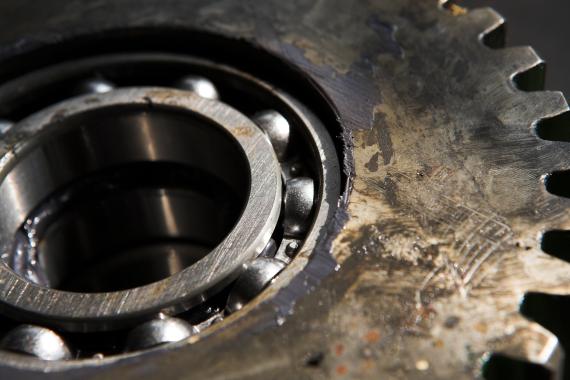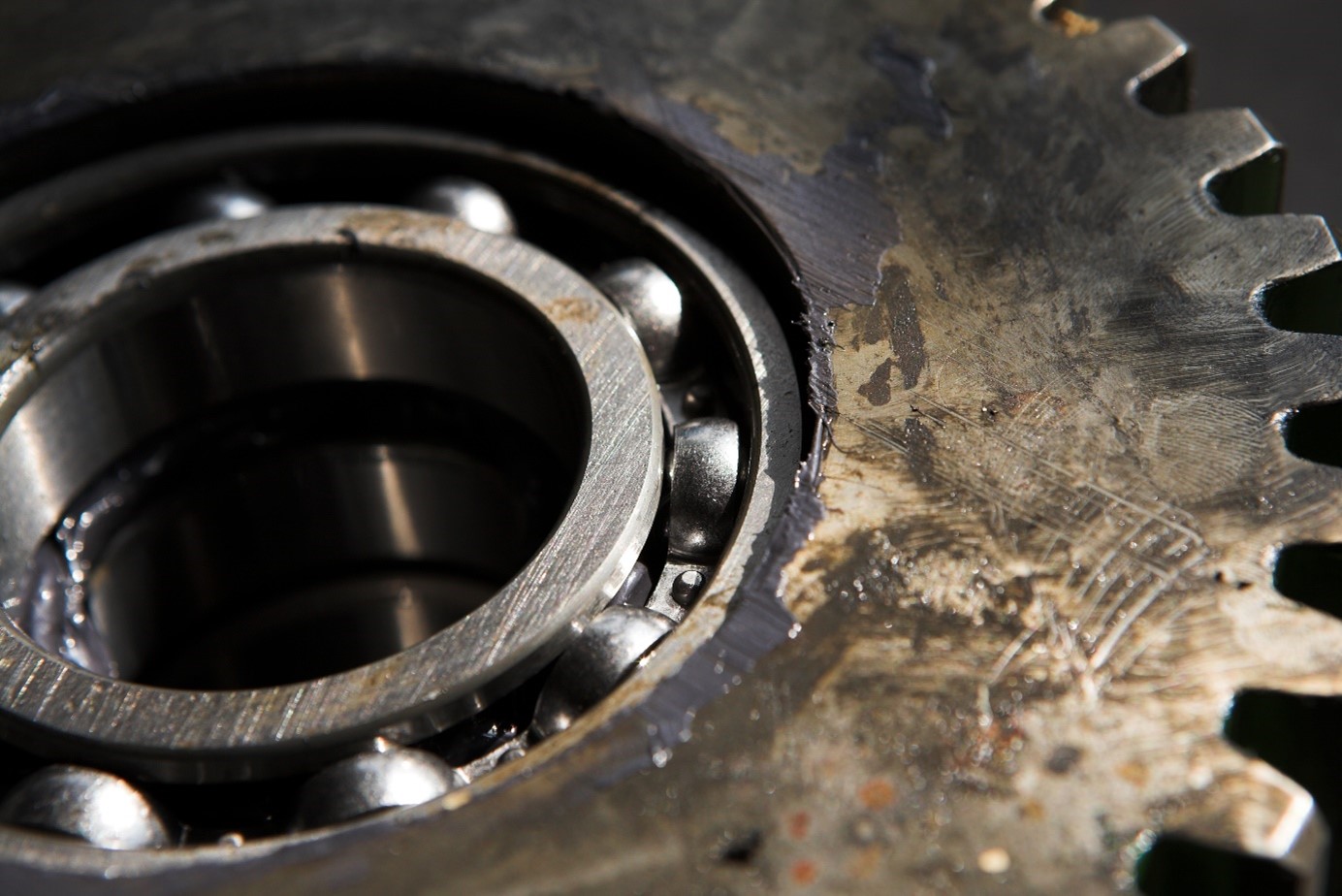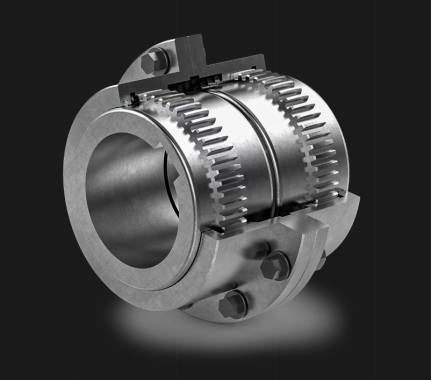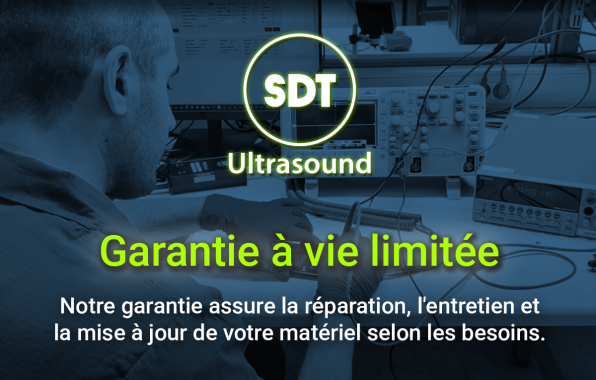Detecting Mechanical Condition Issues with the SDT340: A Key to Proactive Maintenance

Mechanical condition monitoring is an essential part of maintaining industrial equipment, and the SDT340 ultrasound device stands at the forefront of this technology.
Monitoring the health of mechanical components like bearings allows industries to detect early signs of wear and tear before they turn into catastrophic failures. This proactive approach minimizes unscheduled downtime, increases operational efficiency, and significantly reduces maintenance costs.
The importance of bearings in industrial applications
Bearings are pivotal in countless industrial machines, from turbines to pumps and motors. A single bearing failure, if not detected early, can cause extensive damage, leading to unplanned shutdowns and significant financial loss. In extreme cases, undetected failures can result in catastrophic damage, posing risks to both equipment and personnel.
For high-speed bearings, maintenance programs commonly rely on techniques like vibration analysis, temperature monitoring, and even wear debris analysis to track their health. However, these methods have limitations, especially for low-speed bearings operating below 250 rpm. This is where traditional techniques fall short, and ultrasound technology like that offered by the SDT340 shines.
What ultrasound brings to the table
Ultrasound is a powerful way of detecting mechanical issues that are otherwise invisible to traditional methods. The SDT340 detects and measures high-frequency acoustic waves generated by bearing impacts, friction, and poor lubrication. These high frequencies are especially useful in low-speed applications where vibrations are minimal, and early warning signs might be missed.
The SDT340’s ability to detect localized energy released by the impact of bearing damage sets it apart. It converts these ultrasonic signals into audible sounds through a process known as heterodyning, making it easier for technicians to recognize and interpret issues before they escalate.
Why ultrasound for mechanical condition monitoring?
The benefits of ultrasound for condition monitoring can be summarized in two main advantages:
- Sensitivity to High-Frequency Signals: Ultrasound focuses on high-frequency impacts, making it ideal for detecting weak signals from low-speed bearings that might not generate strong vibrations.
- Detection of Shock Waves: Ultrasound identifies the shock waves from bearing defects, enabling early detection even in machinery operating at slow speeds. This is crucial for spotting problems before they cause larger, more expensive issues.
For example, when a bearing begins to degrade, the friction it generates can be detected by the SDT340’s sensor long before the failure manifests through vibration or temperature changes. Ultrasound’s selectivity also helps to isolate these problems from background noise, ensuring accurate and reliable detection.
Listening: The first line of defense
The primary function of ultrasound in mechanical condition monitoring is to transform high-frequency signals into audible sounds, allowing operators to “listen” for warning signs. Even an inexperienced technician can quickly identify issues such as poor lubrication or bearing defects simply by listening for specific sounds like crackling or grinding.
This simplicity makes the SDT340 accessible to a wide range of users, from new technicians to experienced engineers, enabling quick and effective monitoring without requiring complex signal analysis.
Combining ultrasound and vibration: A dual approach
While ultrasound excels at detecting friction and impact phenomena, it works even better when combined with vibration analysis. The SDT340 integrates both technologies into a single device, offering a versatile tool for complete machine health monitoring. Vibration analysis is particularly useful for identifying issues like misalignment, imbalance, or structural problems that might go undetected by ultrasound alone.
This dual approach is especially valuable in predictive maintenance (PdM) programs where monitoring needs to be both comprehensive and cost-effective. The SDT340 provides a fast, reliable, and straightforward solution for detecting 80% of potential machine failures using static measurements, while dynamic measurements can offer deeper diagnostics when necessary.
Our other news
See allJoin the largest community of industrial suppliers
- Helping you with your ongoing technology watch
- Provide you with detailed supplier statistics
- Give you international visibility
Discover the largest catalogue of industrial products on the market
- To offer you the best catalogue of industrial products on the market
- To guarantee you a 100% secure platform
- Enable you to have live remote exchanges


 Français
Français 











